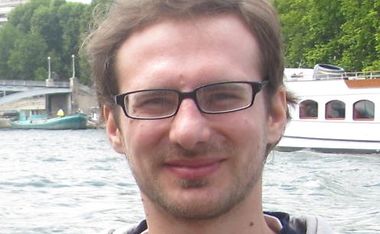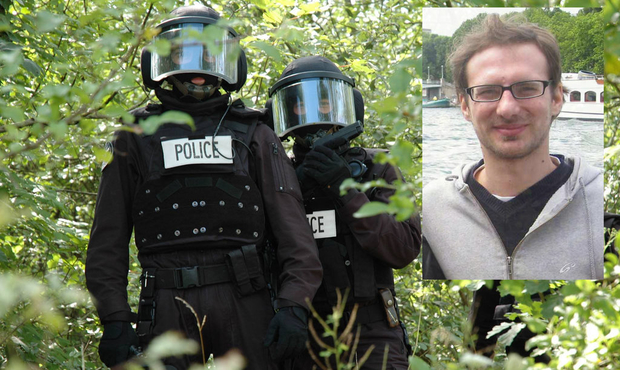L'insoluble mystère des personnes enterrées sous X [from January 2020]
"There are so many things that went through my mind..." For ten years, Romain Thillman has been trying to reconstruct the tragic night his son disappeared. In his head, the questions jostle with the same feverishness as on the first day of the ordeal. "Most likely, there was a fight. Did they kill him? Unless he's alive. But then, why doesn't he send us a message?"
On the night of 11 December 2010, François Thillman, 28, joined an electro party with a group of friends in Ivry (Val-de-Marne).
Originally from Luxembourg, the young man lives in Germany, where he is about to start working, but he is passing through France, where he lived a few years before. When they reach the disused hangar where the party is taking place, the group has to turn back because of the crowds. They look for a taxi in Place Gambetta.
A driver agrees to take them on board on condition that François drops the bottle in his hand. Drunk, the student refused. "He is an introvert but likes to party. When he's drunk, he becomes very outspoken," one of his friends told the investigators. Finally, François shouted that he wanted to return to the party and ran away. He had no phone, no identity papers and no bank card. His friends will never see him again.
Alerted to this "worrying disappearance", the police collected only one reliable testimony: that same night, around 4 a.m., François knocked on the door of a flat on Boulevard Paul-Vaillant-Couturier. According to the tenant who opened the door:
"He was stumbling, had difficulty standing, his face was marked on the right side, like small impacts, with a little blood, and the right arm of his glasses was broken. Either he had been assaulted or he had fallen to the ground." He would have only mumbled a few words: "Isn't it here?"
Ten years later, an examining magistrate is still in charge of the case in Luxembourg but the investigation has not progressed an inch. The Thillmans' criminal lawyer, Juliette Chapelle, has just asked the Luxembourg examining magistrate for further action.
In particular, the comparison of the DNA of the parents of the disappeared with that of those buried under X, registered in the national automated genetic fingerprint file (FNAEG) in order to detect a possible match. But the success of this approach remains uncertain. Indeed, not all the unnamed deceased appear in this database, far from it.
Every year in France, hundreds of people disappear without a trace. At the same time, about a thousand unknown people are buried without their DNA often being taken. This makes it difficult to cross-check...
"When an unidentified body is discovered, there are three possibilities," according to Fabrice Cotelle, at the Technical and Scientific Police Headquarters. Either it is a natural death, and the community takes charge of it. Or it is a criminal act and, in this case, an investigation is carried out, the DNA is taken and added to the FNAEG where it is kept for 40 years. And then there are deaths whose cause remains mysterious. The collection of DNA then depends on the decision of the prosecutor. This is why only 500 genetic fingerprints are kept in this file, whereas there are between 800 and 1,000 burials under X every year.
In 2011, parliamentarians changed the law to generalise the collection of DNA, regardless of the reason for death. But the decree specifying the procedures - which are inevitably cumbersome and therefore costly - has never been published! And the good intentions were never put into practice. Moreover, there is no comprehensive database of all those buried under X.
A situation that outrages lawyer Juliette Chapelle: "We find ourselves ten years later without knowing what happened to François Thillman because we refuse to systematically take DNA samples from bodies buried under X. Yet we have the tools to do this with the FNAEG. In 2018, some deputies submitted a new bill which was refused for purely budgetary reasons. We want to relaunch the debate."
BBM
The river Seine is near where he was last seen.


